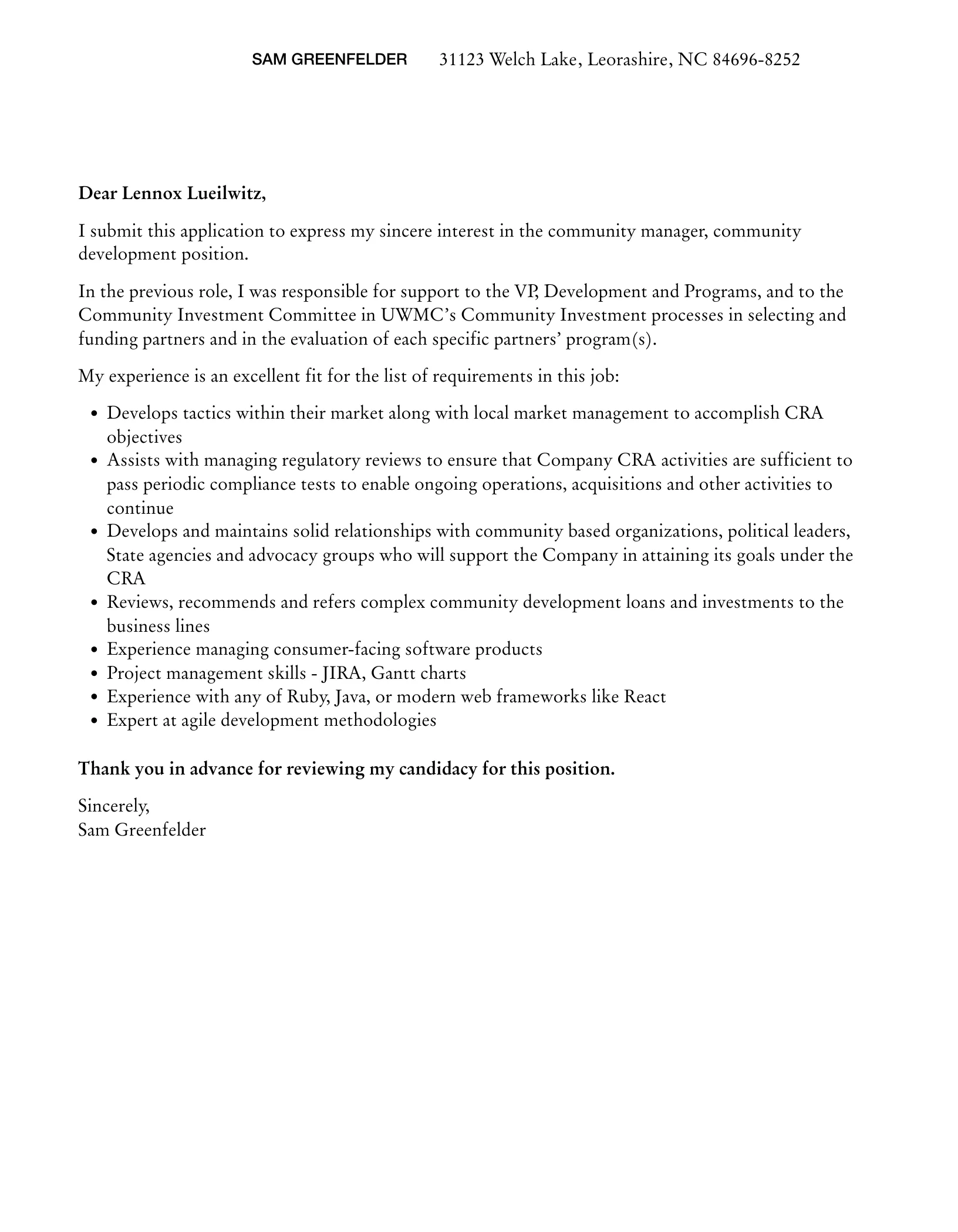Crafting the Perfect Community Manager Cover Letter
A well-crafted cover letter is your first opportunity to make a strong impression on a potential employer. For aspiring community managers, a compelling cover letter is not just a formality it is a crucial tool for showcasing your skills, experience, and passion for building and nurturing online communities. This guide provides actionable steps, insightful examples, and expert tips to help you craft a cover letter that will land you your dream job in community management.
Understanding the Role of a Community Manager
Before diving into the specifics of the cover letter, it’s essential to understand the core responsibilities and required skills of a community manager. This understanding will guide you in highlighting relevant experiences and tailoring your letter to the specific job requirements. Community managers are the voice of the brand, responsible for fostering engagement, building relationships, and creating a positive online environment.
Key Responsibilities of a Community Manager
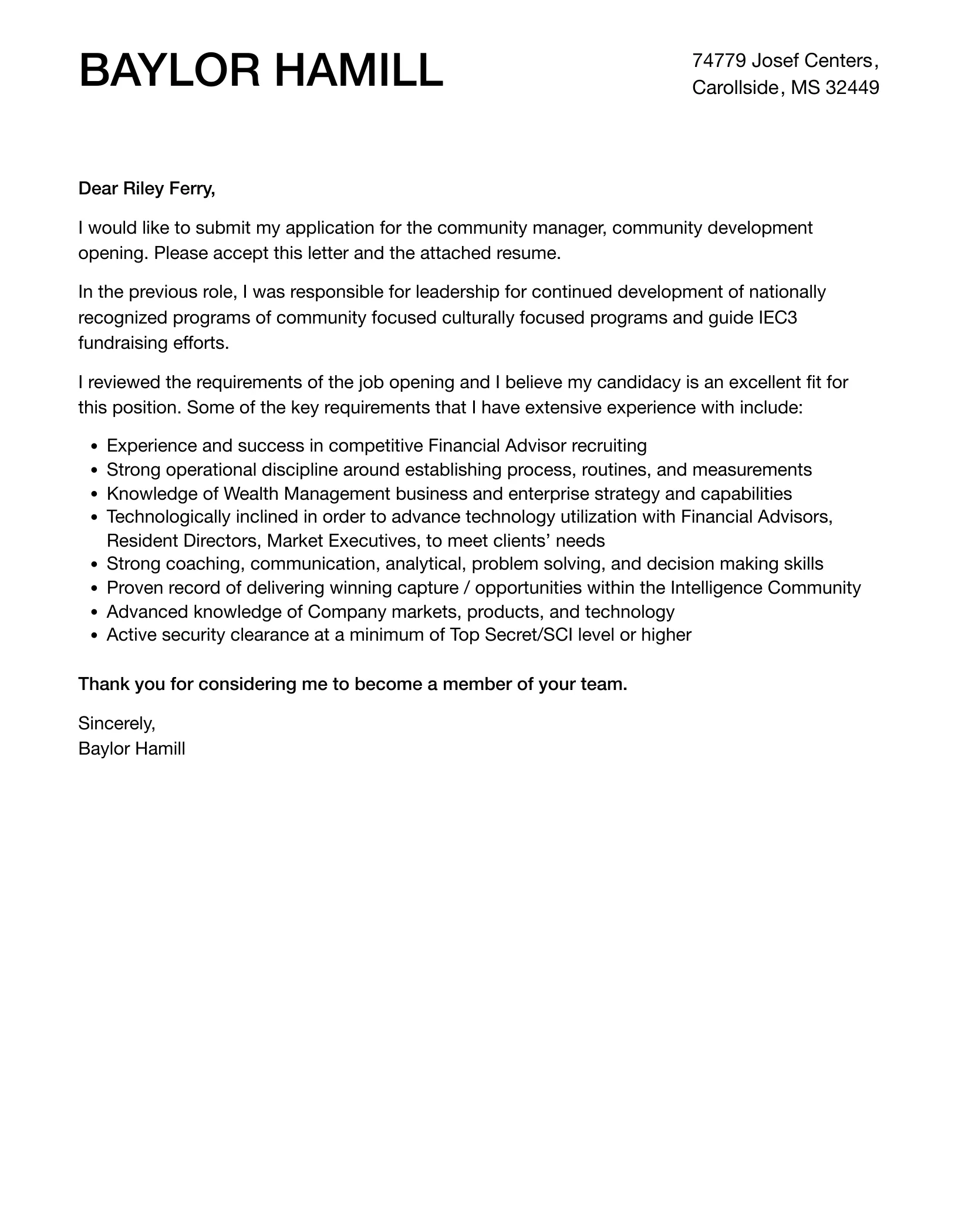
Community managers wear many hats, and their responsibilities can vary depending on the organization and the platform. Primary duties often include content creation and curation, engaging with the audience, responding to inquiries and comments, monitoring social media channels, and analyzing community performance metrics. They are also tasked with identifying and addressing negative feedback, and fostering a sense of belonging within the community.
Essential Skills for Community Managers
To excel in this role, community managers must possess a blend of hard and soft skills. Strong written and verbal communication skills are paramount. They also need to be adept at social media platforms, possess excellent organizational skills, and be able to analyze data to improve engagement strategies. Problem-solving, empathy, and the ability to adapt to rapidly changing social media trends are also crucial.
Why a Cover Letter is Crucial
In the competitive job market, a cover letter offers a unique opportunity to go beyond your resume. It allows you to tell your story, elaborate on your experiences, and demonstrate your enthusiasm for the role and the company. It’s a chance to showcase your personality, your passion for community management, and your understanding of the company’s mission and values. A well-written cover letter can significantly increase your chances of getting an interview.
Highlighting Your Skills and Experience
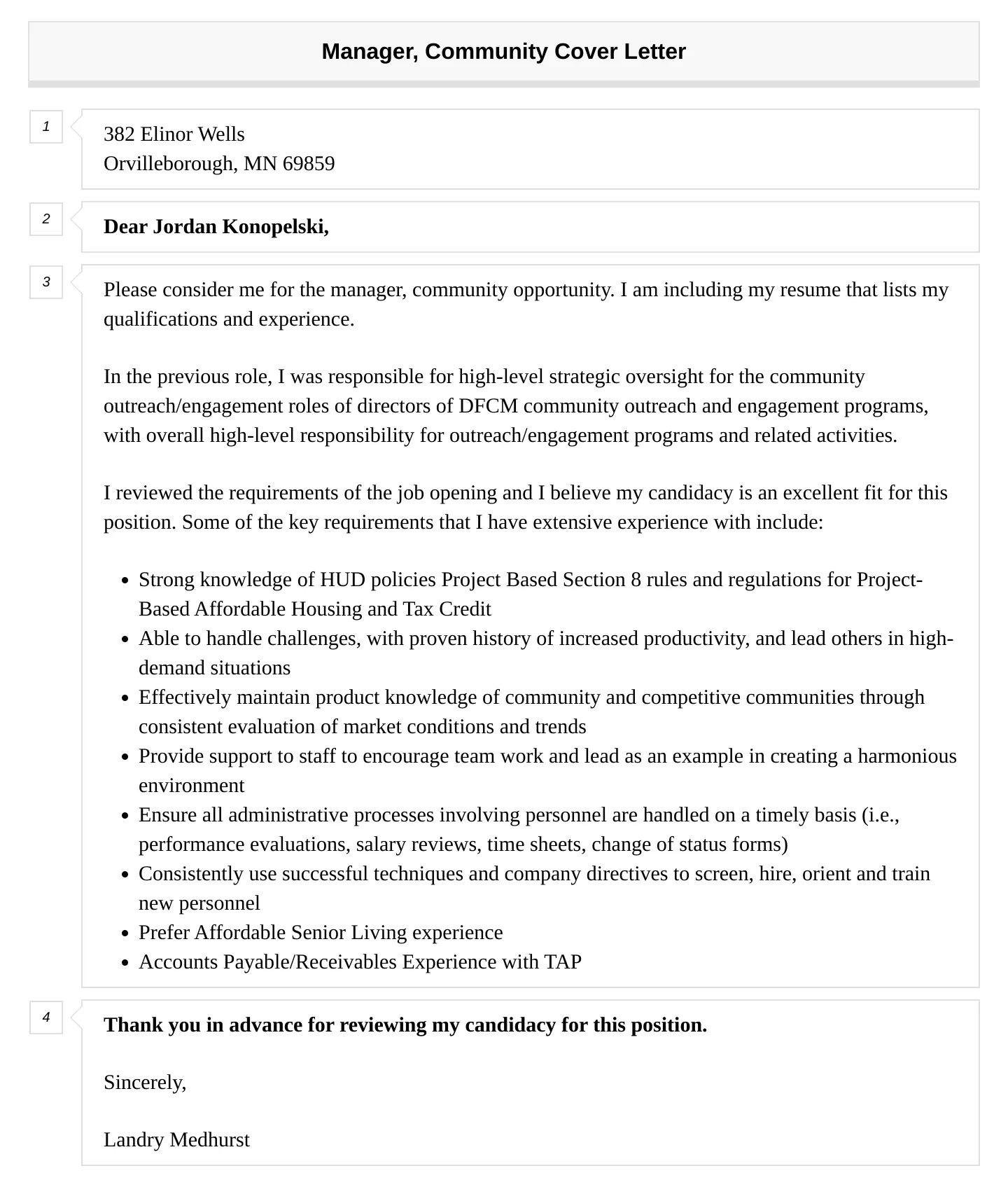
Your cover letter should highlight your relevant skills and experiences. Review the job description carefully and identify the key requirements. Then, provide specific examples of how you have successfully demonstrated those skills in previous roles or projects. Quantify your achievements whenever possible. For instance, instead of saying “Increased social media engagement,” provide a statistic like “Increased Instagram engagement by 30% in three months.” This is how you can showcase your skills and experiences to the employers.
Tailoring Your Cover Letter to the Job
Generic cover letters rarely make a strong impact. Tailoring your letter to each specific job is essential. This shows the hiring manager that you have taken the time to understand the company and the role. This includes researching the company, its brand, and its social media presence. It also involves carefully reading the job description and aligning your skills and experience with the stated requirements. Be prepared to adjust your tone, and highlight different aspects of your experience depending on the role.
Researching the Company and Its Values
Before writing your cover letter, thoroughly research the company. Visit their website, read their social media posts, and understand their mission, values, and brand voice. This research will help you tailor your cover letter to align with the company culture and demonstrate your genuine interest in the organization. Understanding the company’s target audience and communication style is crucial for a good match.
Using Keywords Effectively
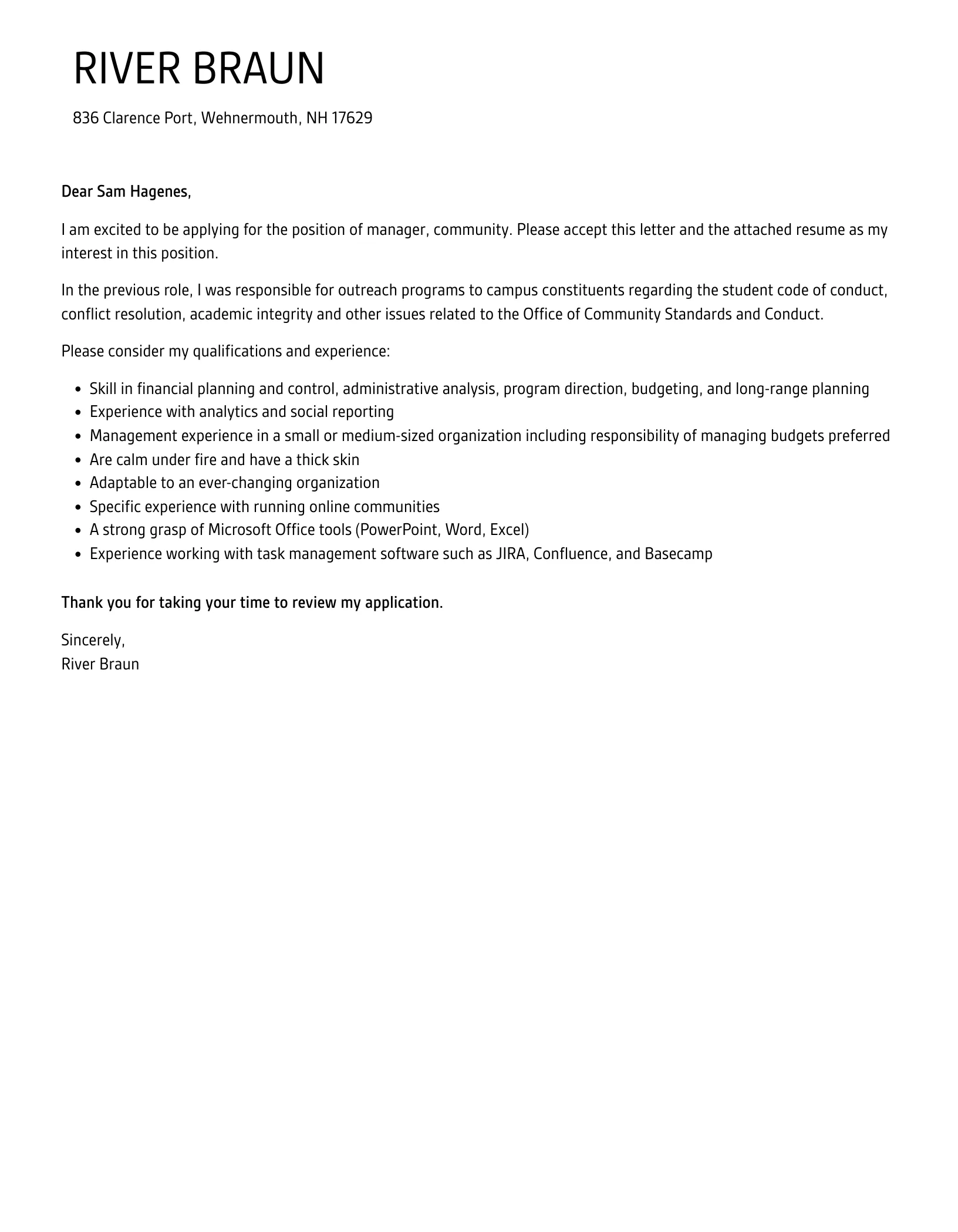
Many companies use applicant tracking systems (ATS) to screen cover letters and resumes. These systems scan for specific keywords related to the job description. To increase your chances of getting past the ATS, carefully review the job description and identify the keywords used. Incorporate these keywords naturally into your cover letter, ensuring they reflect your skills and experience. Avoid keyword stuffing, which can make your letter sound unnatural and may be penalized by some ATS systems.
Structuring Your Cover Letter for Impact
A well-structured cover letter is easy to read and makes a positive impression on the hiring manager. The standard format includes a header, an introduction, body paragraphs, and a closing. Each section plays a critical role in conveying your message and persuading the employer to consider your application. Clear organization ensures your key skills and qualifications stand out.
Header and Contact Information
Your header should include your name, contact information (phone number, email address, and LinkedIn profile URL). Also include the date and the hiring manager’s name and title (if known), along with the company’s address. Ensure your contact information is up-to-date and professional. It is critical to get these right as the hiring manager will need these to contact you.
The Introduction Paragraph
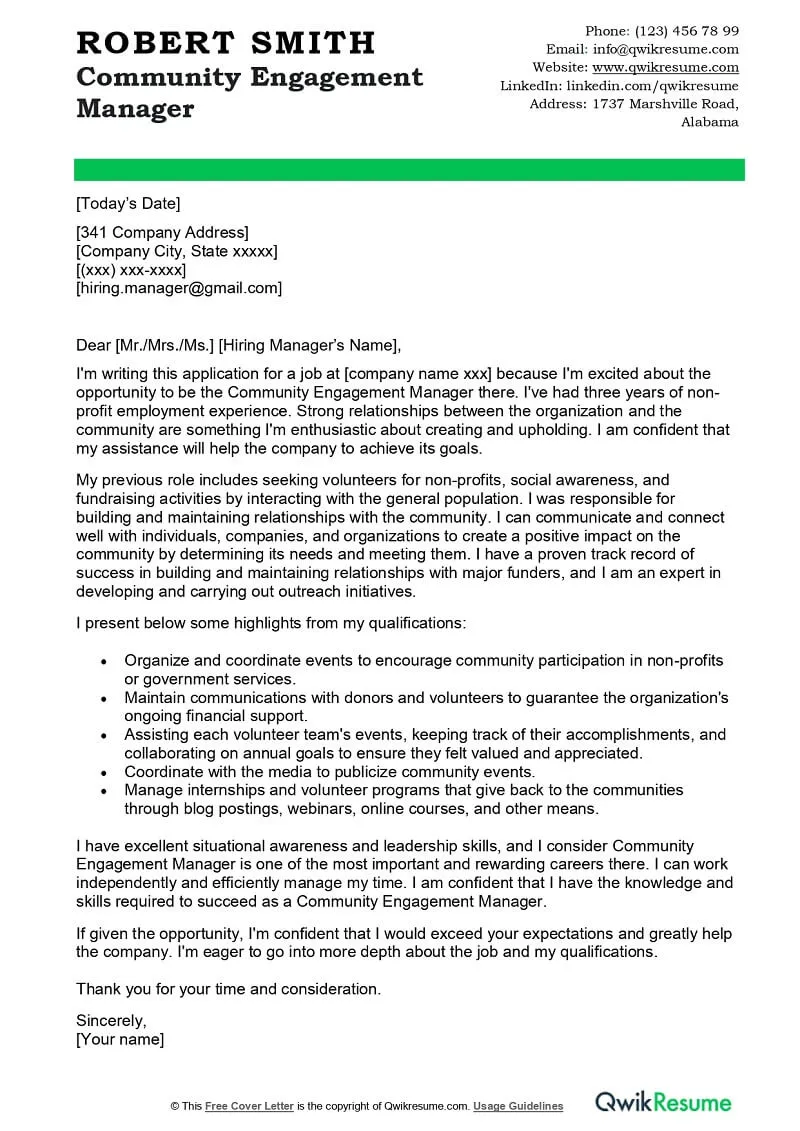
The introduction paragraph is your first opportunity to grab the hiring manager’s attention. Clearly state the position you are applying for and where you found the job posting. Briefly mention your relevant experience and skills, and express your enthusiasm for the role and the company. Keep it concise and engaging to make a strong first impression. The introduction should highlight the key benefits of hiring you.
Body Paragraphs Detailing Your Achievements
The body paragraphs are where you showcase your skills and experience in detail. Use specific examples to demonstrate how you have successfully managed online communities, increased engagement, and achieved measurable results. Focus on your accomplishments and quantify them whenever possible (e.g., “Increased follower count by 20%,” “Grew community engagement by 15%”). Tailor your examples to match the job requirements, highlighting the skills and experience the employer is seeking.
The Closing Paragraph and Call to Action
In your closing paragraph, reiterate your interest in the position and the company. Thank the hiring manager for their time and consideration. Include a call to action, such as expressing your eagerness to discuss your qualifications further and mentioning your availability for an interview. End on a positive and confident note, demonstrating your enthusiasm for the opportunity.
Cover Letter Examples for Inspiration
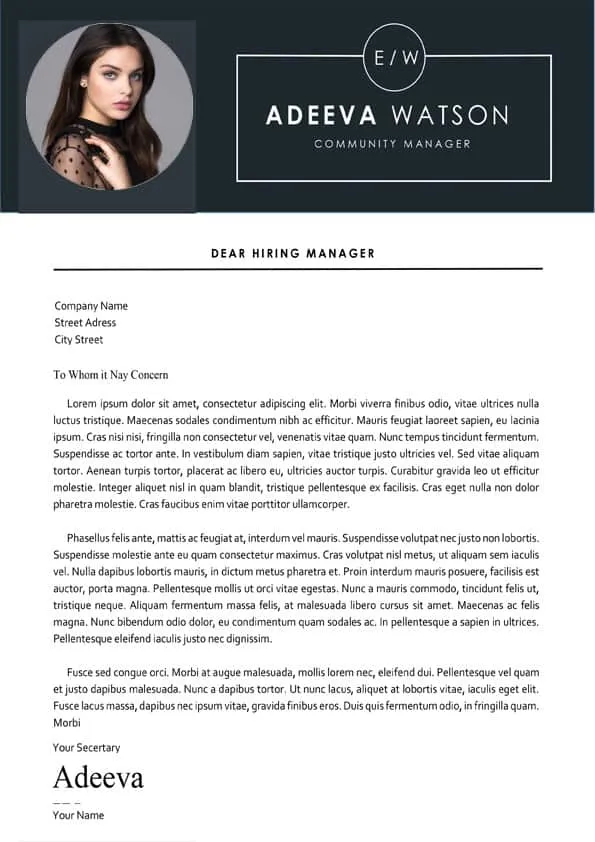
Reviewing cover letter examples can provide valuable insights and inspiration for crafting your own. Analyze the structure, tone, and content of each example to learn how to effectively highlight your skills and experience. Use these examples as a starting point, but remember to customize your letter to reflect your unique qualifications and experiences. Tailor your letter to match the specific job.
Example 1 Cover Letter Analysis
Analyze the strengths and weaknesses of a sample cover letter. Identify the effective elements, such as a strong introduction, relevant examples, and a clear call to action. Look for areas where the letter could be improved, such as by quantifying achievements or tailoring the content more closely to the job description. Take notes on best practices for your own letter.
Example 2 Cover Letter Analysis
Examine another sample cover letter, paying attention to its structure, tone, and the way it highlights the candidate’s skills. Compare and contrast this example with the first, noting how the different approaches work. Consider how the candidate’s writing style aligns with the overall job and company’s requirements. Consider where the writer can improve.
Example 3 Cover Letter Analysis
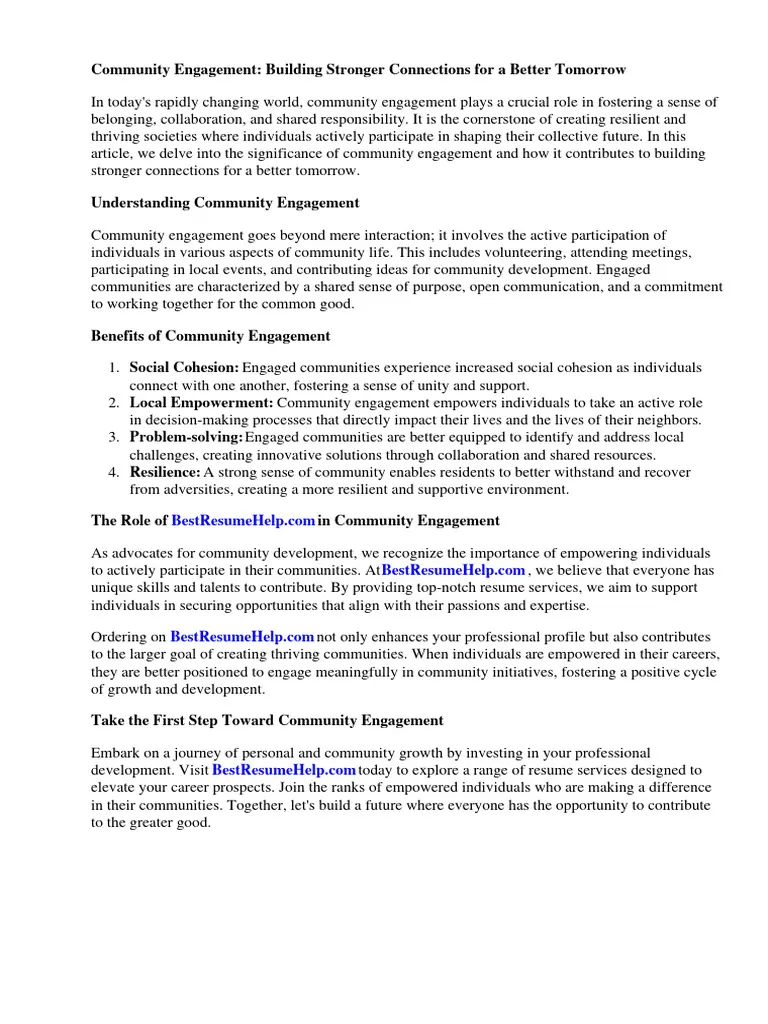
Assess a third example cover letter, looking for different strategies. Study how the candidate addresses the company’s needs, and how well the letter convinces the hiring manager. Evaluate the effectiveness of the language used. Think about what the best examples have in common in terms of content, clarity, and organization.
Tips for Writing a Compelling Cover Letter
To further enhance your cover letter, consider these additional tips. These can help you create a more engaging and persuasive letter, increasing your chances of landing an interview. Attention to detail, careful wording, and a professional tone can make a significant difference in the outcome of your application.
Proofreading and Editing Your Cover Letter
Before submitting your cover letter, carefully proofread and edit it for any errors in grammar, spelling, and punctuation. These errors can detract from your professionalism and credibility. Consider having a friend or colleague review your letter as well. Fresh eyes can often catch mistakes you may have missed. A polished letter is essential.
Seeking Feedback from Others
Ask trusted friends, mentors, or career counselors to review your cover letter. They can provide valuable feedback on its clarity, content, and overall impact. Incorporate their suggestions to improve your letter and make it more effective. Feedback is a gift, and you should not hesitate to use it to improve.
Formatting and Presentation
Format your cover letter professionally, using a clean and easy-to-read font, such as Arial or Times New Roman, with a font size between 10 and 12 points. Use appropriate spacing and margins. Ensure your letter is well-organized and visually appealing. The layout should be clear and uncluttered, making it easy for the hiring manager to read and understand. Proper formatting adds to the professional presentation of your application.
Common Mistakes to Avoid
Avoid common mistakes that can weaken your cover letter and hurt your chances of getting hired. Be aware of these pitfalls so you can ensure that your letter makes a positive impression. By avoiding these common errors, you will increase your chance of success.
- Using a generic or impersonal tone
- Failing to tailor your letter to the specific job
- Including irrelevant information
- Making grammatical errors or typos
- Using overly formal or informal language
- Focusing solely on your needs instead of the company’s
- Not including a call to action
- Exceeding one page in length
By following these guidelines and examples, you will be well on your way to crafting a compelling cover letter that will help you land your dream job as a community manager. Remember to showcase your skills, tailor your letter to the specific job, and always proofread carefully. Good luck with your job search.
